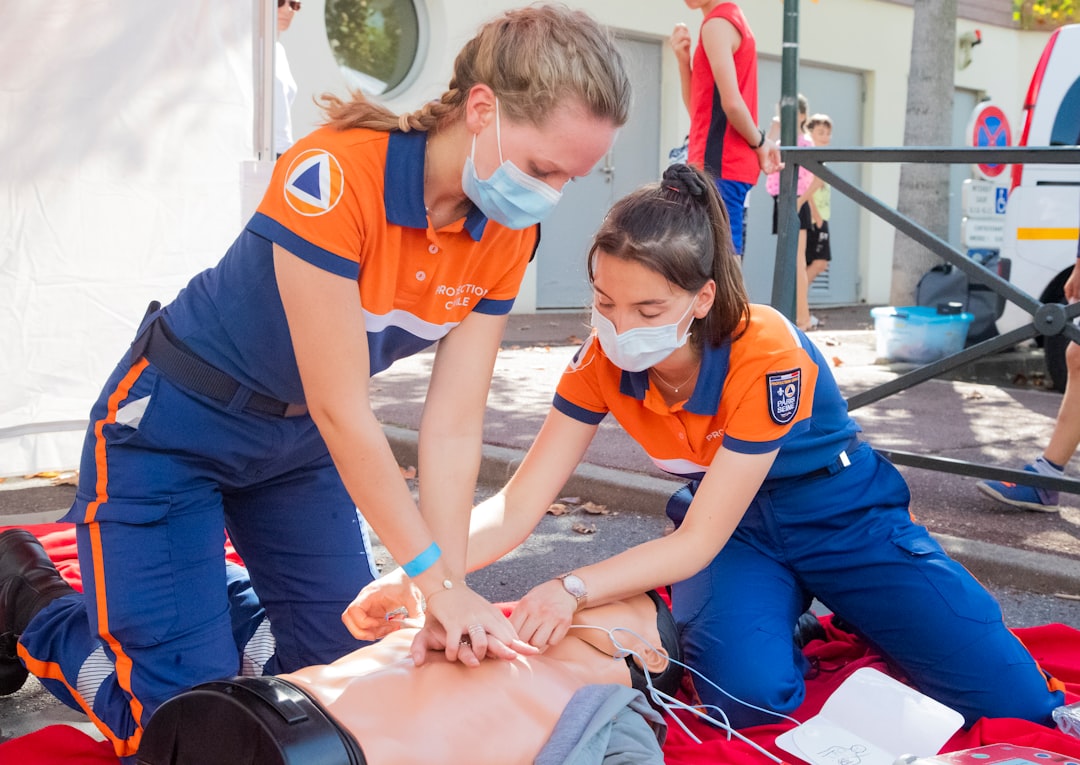What is it about?
Proximal hypospadias is a severe manifestation of a congential urologic anomaly. It requires surgical correction in order to create a functional penis. We discuss some of the recent pitfalls and shortcomings identified in our management of proximal hypospadias.
Featured Image
Why is it important?
Contemporary surgical management of hypospdias suggests high success rates. Several recent publications have challenged our belief that the majority of patients with proximal hypospadias are successfully reconstructed without complication. As these children continue to present to us with this complex anomaly it becomes imperative that we identify the reasons for our shortcomings so that we can modify our techniques and approach to improve our surgical outcomes for these boys.
Perspectives
Proximal hypospadias is a relatively uncommon clinical entity compared to more common distal variants. It is particularly challenging due to the extent of reconstruction required and the severity of the phenotype and the associated anatomic hypoplasia. Examining our own outcomes coincided with 3 single institution reports that highlighted results that were inferior to prior publications, identifying a deficit in our field. This forced us to examine our inability to meet expectations in hopes of improving our outcomes. In turn we have modified our documentation in order to standardize our approach and to identify anatomic risk factors that are affecting our outcomes. We have also modified our surgical techniques, including utilization of the staged repair, testosterone supplementation, and tissue harvest which we hope will drive our improvement efforts.
Christopher J Long
The Children's Hospital of Philadelphia
Read the Original
This page is a summary of: Proximal hypospadias: we aren’t always keeping our promises, F1000Research, September 2016, Faculty of 1000, Ltd.,
DOI: 10.12688/f1000research.9230.1.
You can read the full text:
Contributors
The following have contributed to this page










